We woke a bit late because we had spent much of the night battling the literally infamous Port Camargue mosquitos. We had a light breakfast of bread and cheese and coffee in town and hit the road. Chris enjoyed driving around the many round-abouts, which is generally how they handle road intersections here.

We entered the city of Arles, which in antiquity was a major Mediterranean seaport (up the Rhone river) under Roman rule starting with Julius Caesar. As is typical with Roman cities, there was a huge arena (similar to the iconic Colosseum of Rome) that was used for gladiator fighting and other “popular” entertainment, and then also a theater for more refined tastes. Both were open to the public but under renovation — perpetual renovation being the hallmark of these places. There is also much Van Gogh history too, as he spent a year here painting the countryside.
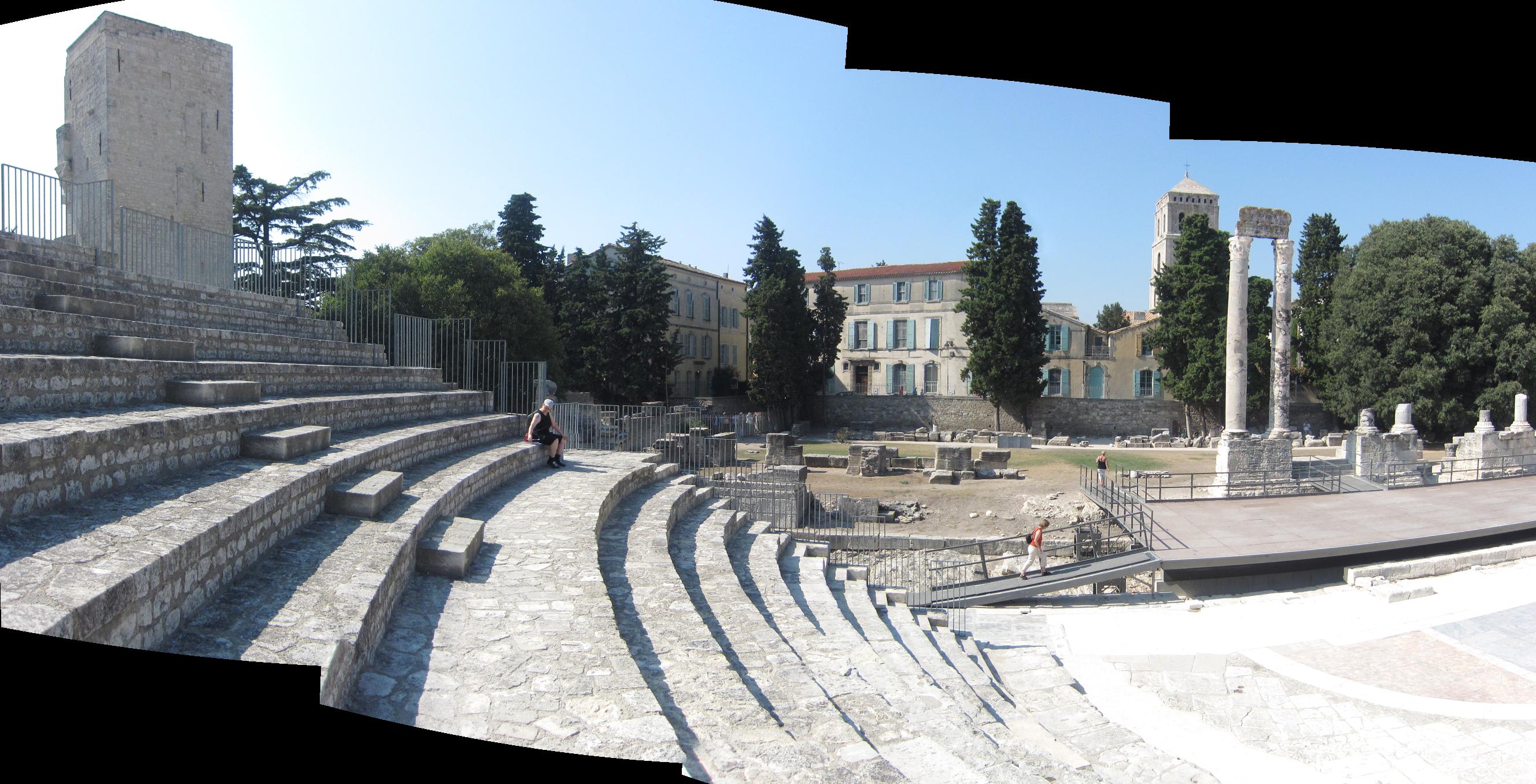
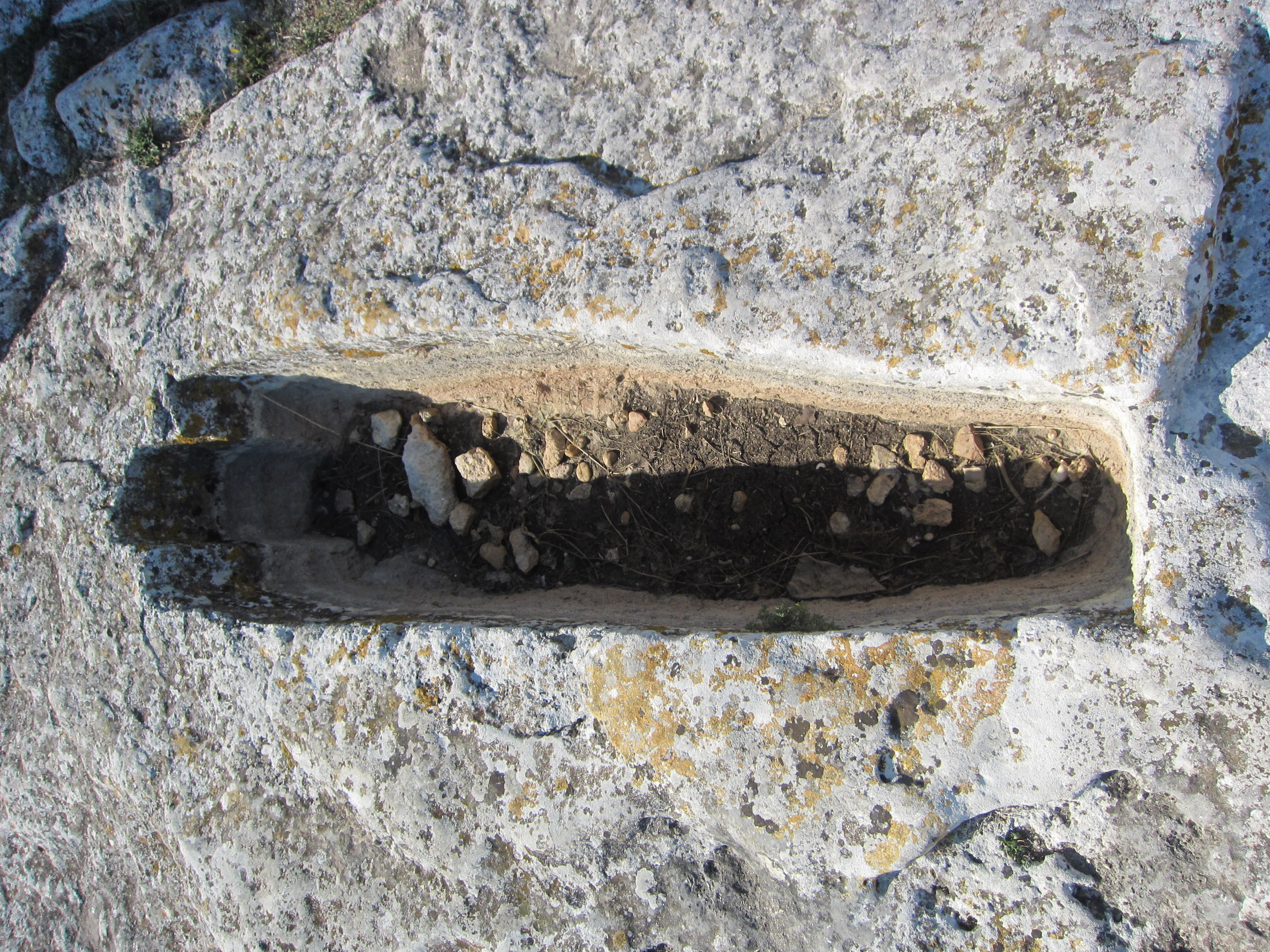 After wandering Arles for a bit, we hit the road again, stopping first to fuel up the car. Diesels are extremely popular cars all over Europe, both due to their inherent efficiency and even some government subsidies. Nearly every car model is offered with a diesel version, and the muffled clatter of the diesel engine is heard everywhere here. A stop at the gas station tells you why they are so sensitive to efficiency here — gas and diesel cost twice as much here as in the U.S. Filling up the small VW’s tank costed us $100.
After wandering Arles for a bit, we hit the road again, stopping first to fuel up the car. Diesels are extremely popular cars all over Europe, both due to their inherent efficiency and even some government subsidies. Nearly every car model is offered with a diesel version, and the muffled clatter of the diesel engine is heard everywhere here. A stop at the gas station tells you why they are so sensitive to efficiency here — gas and diesel cost twice as much here as in the U.S. Filling up the small VW’s tank costed us $100.
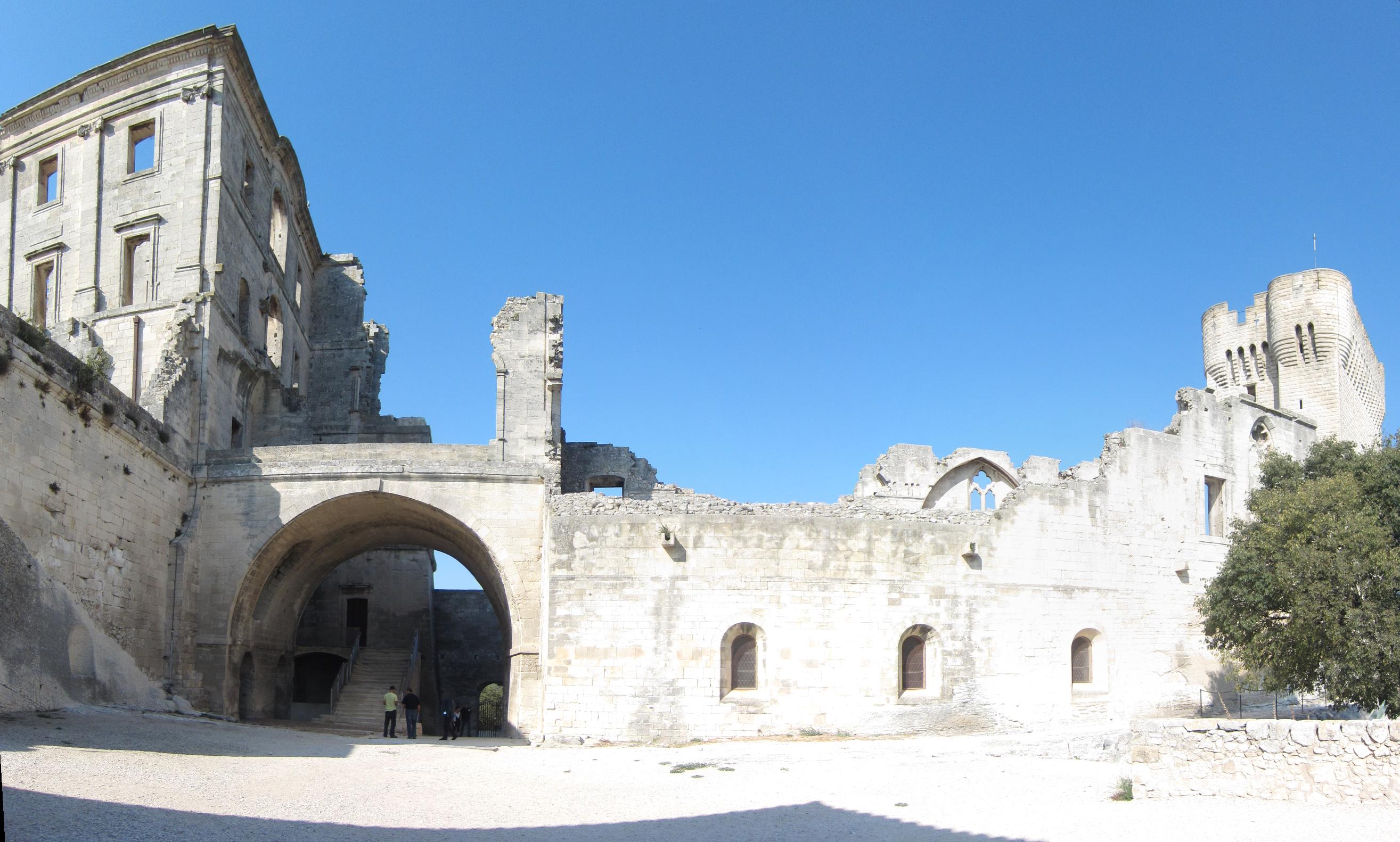
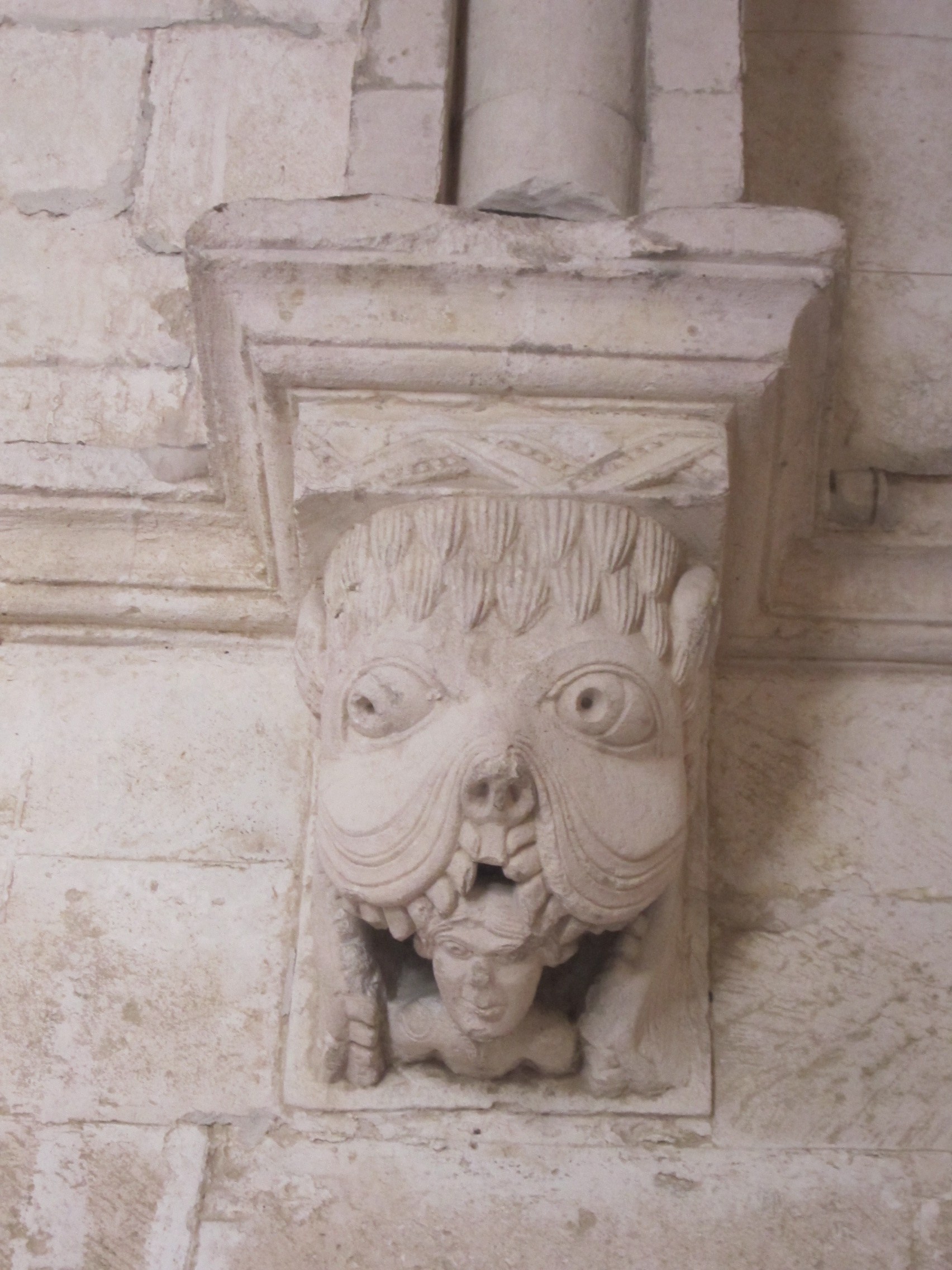 Back on the road, after only a couple miles we reached the Abbeye de Montmajour. Well, actually we tried to get a late lunch at the little open-air restaurant across the road from the abbey,
Back on the road, after only a couple miles we reached the Abbeye de Montmajour. Well, actually we tried to get a late lunch at the little open-air restaurant across the road from the abbey, 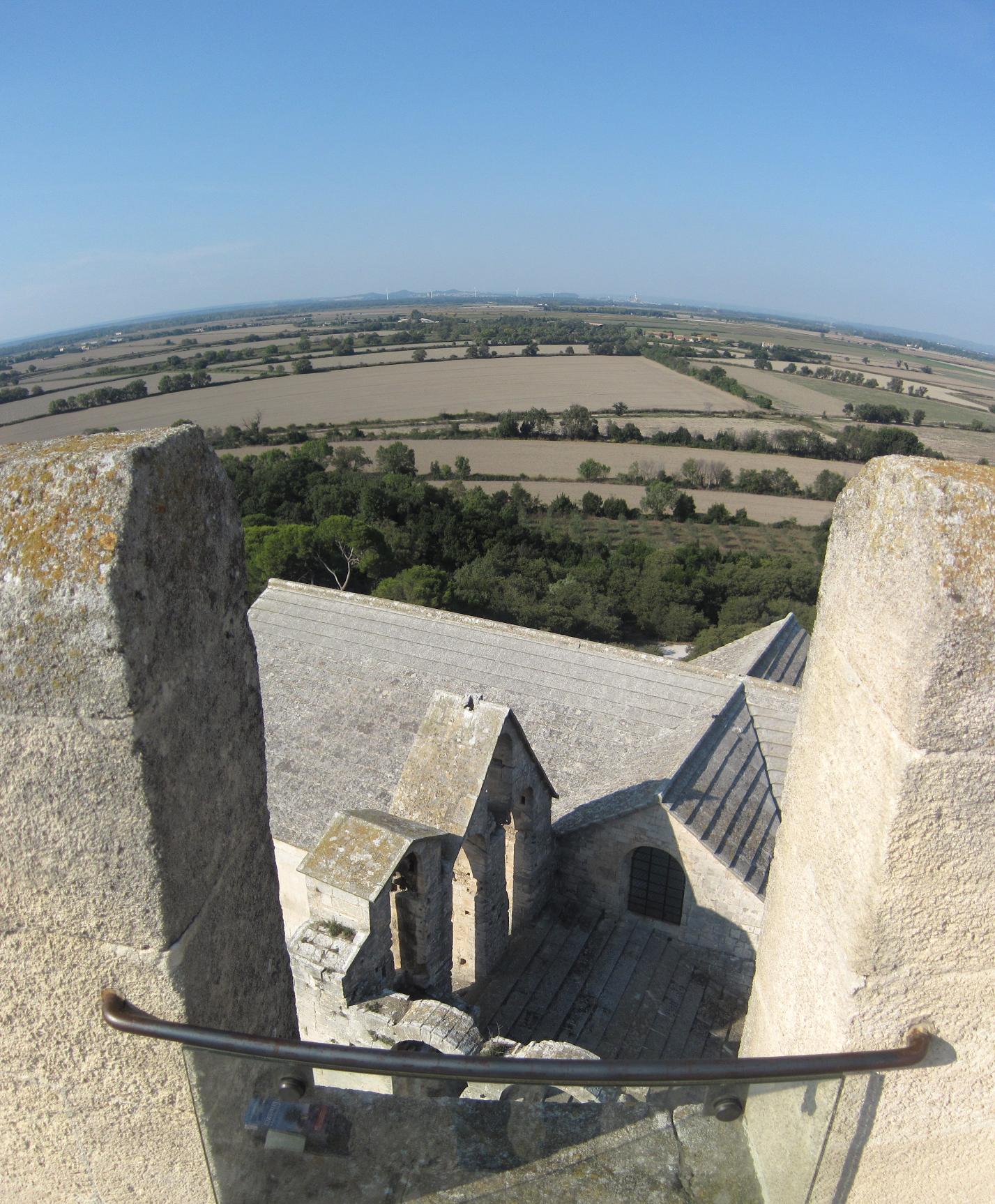 but ran into the fact that restaurants in France open for lunch, close for a few hours, then re-open at 7pm for dinner. And so began our trip of gentle starvation.
but ran into the fact that restaurants in France open for lunch, close for a few hours, then re-open at 7pm for dinner. And so began our trip of gentle starvation.
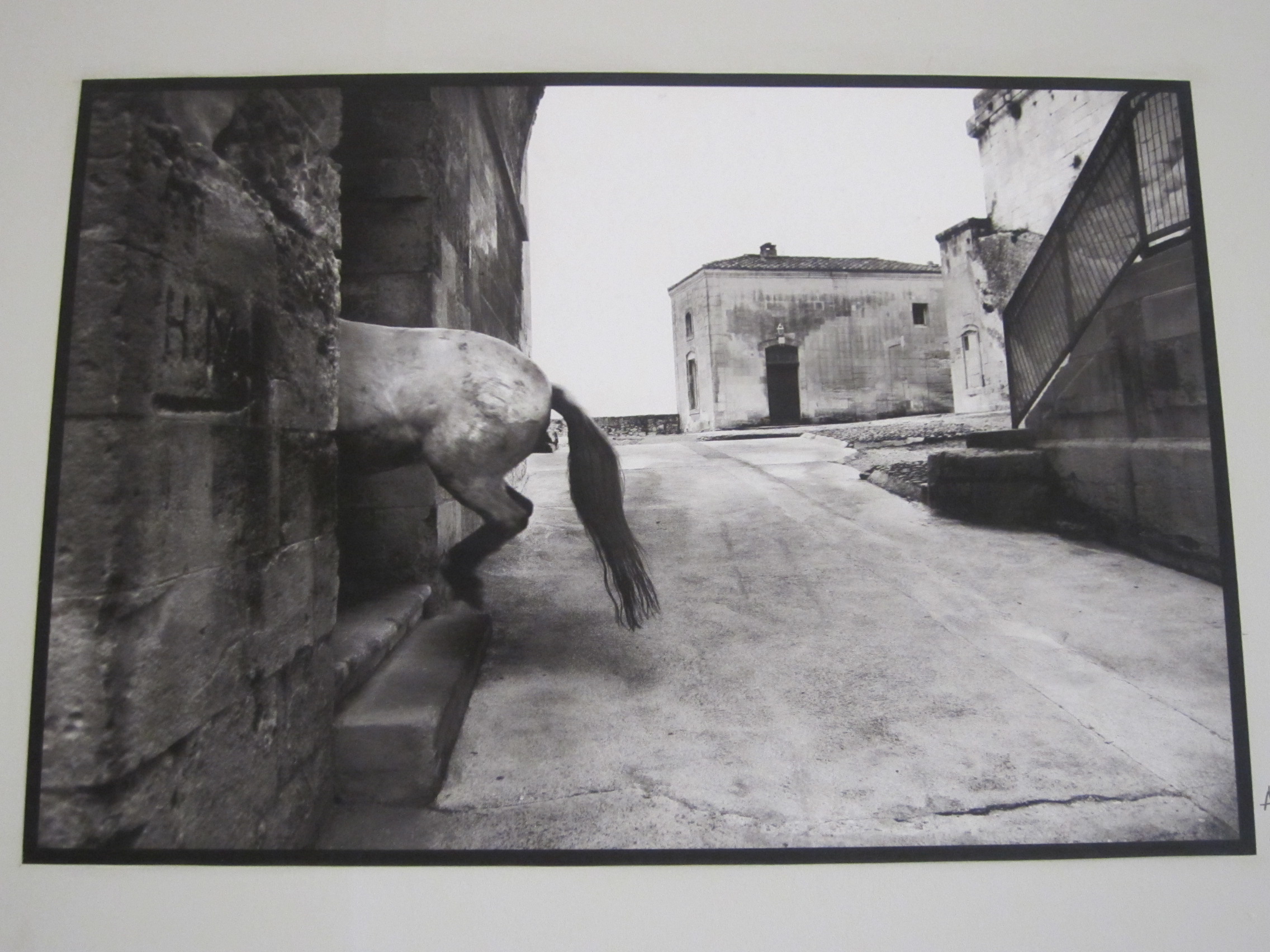 Anyway, back to the abbey. Built on top of (and in some places carved into) a small rocky outcrop, this Benedectine monastery was just an incredible place. From the gravesites carved into solid rock (see above picture) to the massive stone arches to the tower with the stunning views of the countryside, this was one of our favorite destinations.
Anyway, back to the abbey. Built on top of (and in some places carved into) a small rocky outcrop, this Benedectine monastery was just an incredible place. From the gravesites carved into solid rock (see above picture) to the massive stone arches to the tower with the stunning views of the countryside, this was one of our favorite destinations.  Most freaky of all were the gargoyle carvings on the columns around the cloister, such as this one of the fabled tarasque monster having a snack. And then we stumbled across a little gallery in the middle of it all, where the french artist Nicolas Guilbert, had been commissioned to do some photography of the site, involving animals.
Most freaky of all were the gargoyle carvings on the columns around the cloister, such as this one of the fabled tarasque monster having a snack. And then we stumbled across a little gallery in the middle of it all, where the french artist Nicolas Guilbert, had been commissioned to do some photography of the site, involving animals.
Down the road a little further, we stopped in the small town of Fontvieille to get some lunch. Well, again, there was no lunch proper to be had, but the cafe we stopped at was serving drinks and pastries, so we basically had a lunch of sugar, including the best apple pie that Sharon had ever had.

At this point it was getting late in the afternoon, so we made one last stop of our trek — a climb to the little village of Les Baux. Located high on an Alpilles mountain peak, this tiny village is basically carved into the hillside just below some ancient castle ruins. We got there just at closing time for the castle grounds proper, and had just missed a demonstration of their trebuchet, one of the largest in the world. Guess what the armies would often use as ammo for these gigantic slinging machines to throw at their opponents? Captured opponent soldiers! Geneva Convention, huh.
Back to Port Camargue. For a real dinner (hooray!). The Michelin-rated restaurant L’amarette was recommended to us by Andreas and others. We had a prix-fixe menu with beef, salmon, fish, shrimp, a great local white wine and a chariot de fromages. That’s right, a chariot of cheeses. Dessert was a variety of sorbets and creme brule. Yum.
We waddled back to the apartment and slept with the windows closed to avoid the mosquito onslaught.